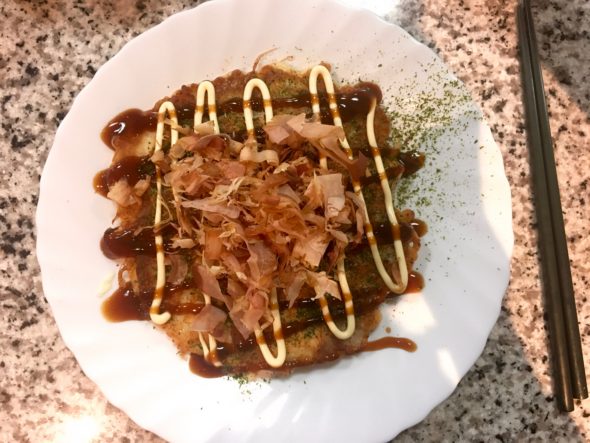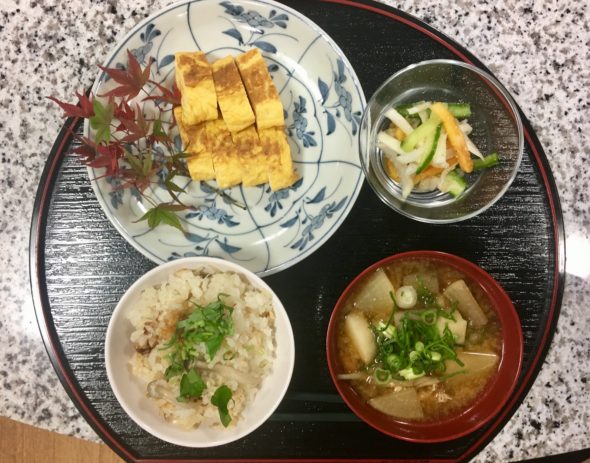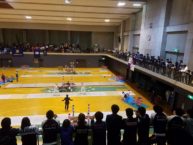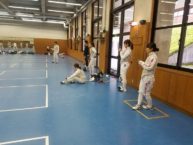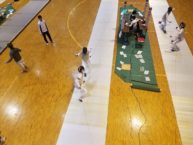For my CIP I attended a tennis circle here in Kyoto where lots of people from the community attend practice regularly. Because I play tennis at my home school, I was really excited to use my CIP as an opportunity to continue practicing even while here in Japan. Most of the people I practiced regularly with were in their twenties or thirties and had already graduated college, but there were also some college-aged players that I was able to get to know. In my opinion, the fact that I was able to make friends outside of a college setting really offered me a different view of Japanese society, and I found it to be a very valuable experience.
When I first went to a practice I was pretty nervous; I knew it would be okay, though, because I knew that we would all have tennis in common. The first few practices I was shy and didn’t really speak with anyone, but as time went on I pushed myself to move out of my comfort zone and start to try to have conversations with the people I was regularly practicing with. Everyone has been so kind to me, and I’ve been lucky enough to have the opportunity to get meals with the circle members. I’ve made some great friends and have learned a lot about many of the participants individually. I think it’s been really interesting to be able to talk about Japan’s culture and language with people who are out of college (we’ve had conversations on everything from education to keigo), and I’m also very happy that I’ve had the opportunity to share about the United States (and my thoughts on the recent presidential election featuring Hillary Clinton and Donald Trump) with people who maybe wouldn’t have known anything about it otherwise (outside of what is shown on the news).
Overall this has been one of the best and most memorable parts of my time here as a part of KCJS. The tennis, of course, has been fun (and necessary for my training), but the best part about it was the relationships I was able to form. Without the CIP it’s possible I wouldn’t have been able to make as many friends as I have here and so I’m really glad to have had this experience.
If anyone is interested in going to the circle in the future here is the link for their website:
http://pacorn.net
They have beginner level players all the way up to collegiate level players so anyone can go and play!


